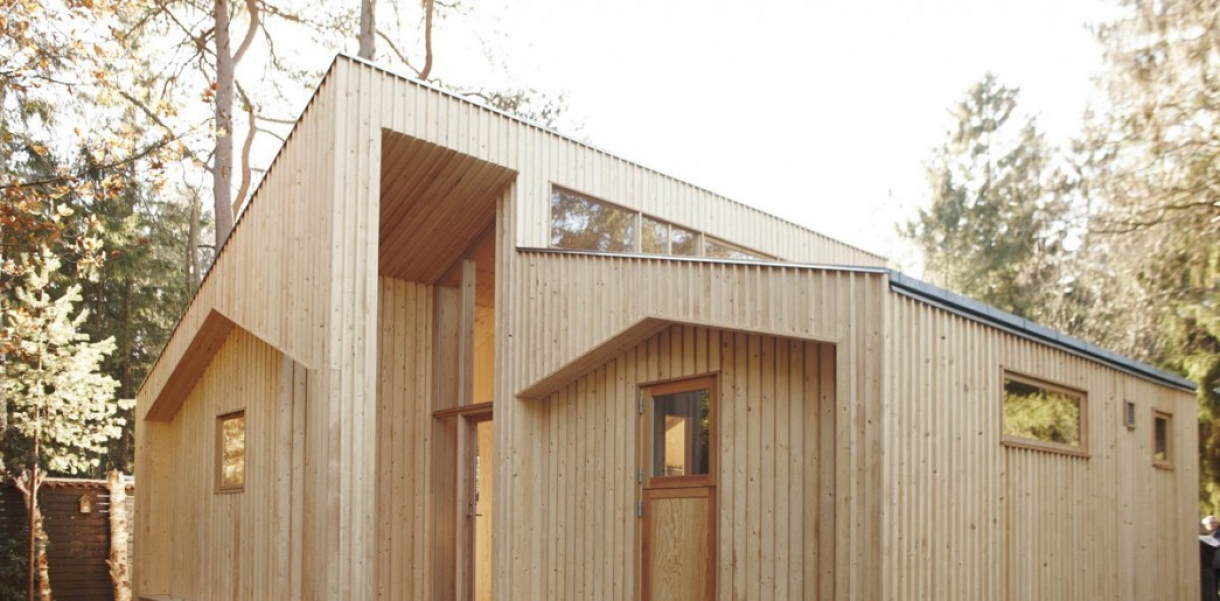The population is growing and the construction of new homes cannot keep up pace. But the D-Process offers a remedy by enabling you to design your own home by 3D-printing the parts on site, and then assembling them rapidly like big blocks of Lego. What is more, by avoiding the expensive logistics of large factories, eradicating transportation of materials and minimizing waste, the D-Process offers a sustainable solution to the ballooning housing crisis.
The British housing sector is in a crisis. Not only have house prices in the cities risen by 53% since this time four years ago, but worryingly a report by the Independent Institute for Public Policy Research stipulates that there will be a shortfall of 750,000 homes across the country by 2025. How can we meet the demand for cheap, swiftly built housing? Aha! What if we could assemble flat-pack homes just like IKEA furniture?
British architectural firm Facit Homes is championing the D-Process, a prefabricated house building technique. The homes are designed on a computer, with every tiny detail factored in, including the position of plug sockets, thus allowing the client and future homeowner to organize their space according to their personal specifications. A shipping container kitted out with 3D-printers is positioned at what will become the doorstep, and cuts the bare wooden walls to the precise size, creating the chassis, or rather a “big wooden Lego”, as Bruce Bell, Facit Homes’ managing director put it. These ‘Lego’ pieces are complete with all the holes need for fitting electricity, insulation, and drainage system.
The D-Process scores points on almost every aspect of building. It is dramatically quicker to assemble; a four-bedroom house can be assembled in under a week. It needs fewer materials, meaning it is substantially more ecological. It requires a smaller work force, meaning it is considerably cheaper. As a result, The D-Process is gaining momentum in the UK; it was profiled on the hit show Grand Designs, and given a seal of approval by the esteemed design commentator Kevin McCloud.
Having said that, the idea is not entirely new. Like in Soviet Russia, where panel-houses were being erected at lighting speed in the aftermath of World War II, the British government also tried to curb the housing shortfall by building 150,000 homes out of precast concrete. The critical difference is that The D-Process is fundamentally about creating unique, custom-made homes, and not merely 'cookie-cutter' houses.
By 2050, 75% of the world’s population is estimated to be living in cities. The D-Process offers not only a sensible solution to the snowballing housing crisis, but also one that safeguards our ability to determine how we live.






